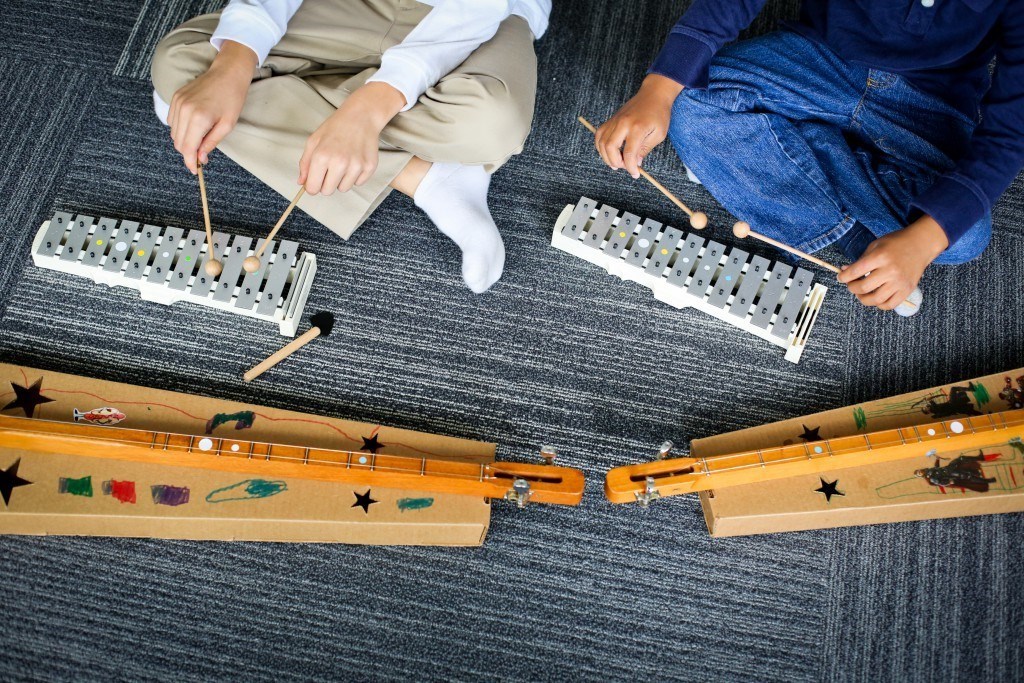Kindermusik Young Child
KINDERMUSIK YOUNG CHILD
Fall and Spring Sessions
Four 15-Week Semesters. Class Length: 60 minutes
Ages 5-7 Yrs
Mon at 3:45 PM and Tues 3:30 PM

Our most advanced classes offer children the opportunity to use music notation to play a variety of instruments. As children grow musically throughout Level 5, they develop strong social-emotional, problem-solving, and pre-literacy skills that help boost school readiness and encourage a natural love of learning._
What A Parent And Child Will Experience In Class
- Singing and vocal development -- we learn the the language of professional musicians and composers so our young studets get ready to read and write simple rhythm patterns.
- Movement -- the children dance expressively to music, to coordinate their body movements to the sound of music. This kind of musical play not only improves musicianship, but physical coordination as well.
- Reading and writing -- Young children will learn melodic notation and identify pitches such as the C, A, and D notes on the treble clef, plus rhythmic notation. Eventually even composing their own music.
- Focused listening -- Children learn to identify a range of orchestra instruments and their sound qualities, while also gaining an early awareness and knowledge of composers
- Exploring and playing musical instruments -- Authentic percussion, string, pre-keyboard, and woodwind instruments expose children to the many choices for future musical study, while providing them with the opportunity to musically succeed before taking on more formal instruction.
_

___________________________________________________________
